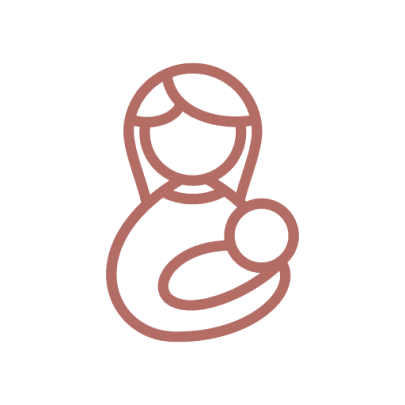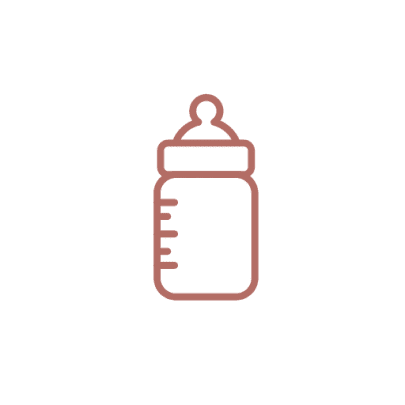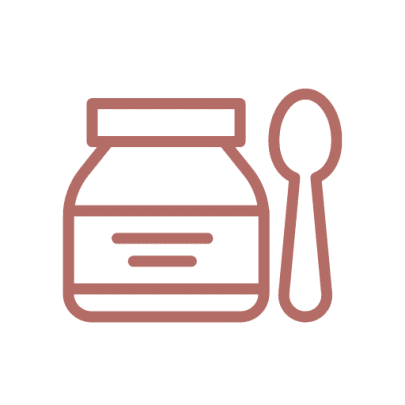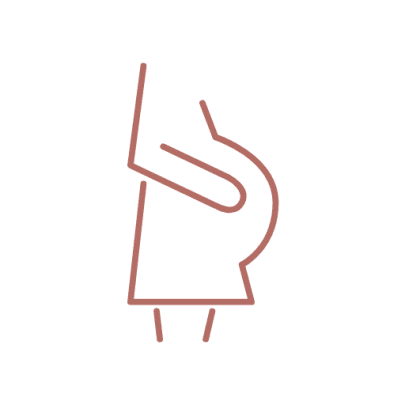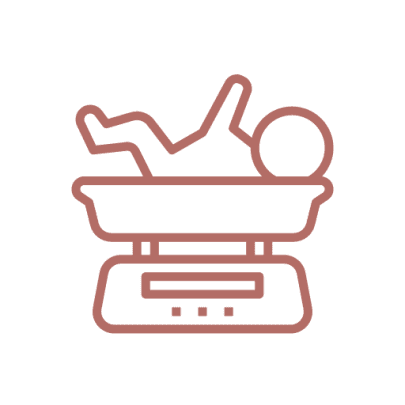About Cranial Osteopathy
Cranial is a technique used by some osteopaths and is a very gentle and safe way to treat discomfort. Babies may show this discomfort through unsettledness, crying, irritability, poor sleeping, feeding or digestive difficulties, colic.
Why do babies need treatment?
During the birth process the baby’s body is subject to enormous pressures, even when no external interventions are required. Complicating factors in births include breech or posterior delivery, forceps, ventouse or caesarean all have individual strain factors for the baby.
During a standard delivery the bones of the baby’s skull overlap like the petals in a rose bud, helping the baby move through the mother’s restrictive bony pelvis. A large amount of pressure is placed on the joints at the top of the baby’s neck. This area has many delicate nerves which communicate with the stomach, intestines and also run over the top of the head. Compression and irritation of these nerves may cause difficulties such as colic or constipation, headaches and neck pain. The baby may find turning their head, breastfeeding or sleeping on one side more difficult or uncomfortable than the other. In addition to this, tensions in the throat and around the jaw may make latching on the breast difficult to achieve or maintain. Babies that are breastfed and unable to easily latch on with a good ‘seal’ can become unsettled from excessive wind due to swallowing air when feeding.
How does Cranial technique work?
Osteopaths are highly trained and experienced in feeling tensions in the body. Osteopaths trained in cranial technique focus on feeling a subtle body rhythm known as the involuntary motion (IVM), the collective rhythm of all the cyclic movements of the body functions. Osteopaths use this rhythm to detect areas where the body may not be working as well as possible.
While the IVM can be felt through the whole body, the osteopath will often focus on the head, as the position and movement of the bones of the skull influence the IVM. The osteopath can then focus treatment on the “stuck spots” with small gentle movements to restore optimal balance and function to the tissues.
Article shared by Felice Karuna, Clinic director & manager Wellbaby and Wellwest, sometime Osteopathic thesis writer in order to complete Master of Osteopathy, fulltime mother to a 13year old and 1 year old
www.wellbaby.co.nz
www.wellwest.co.nz

